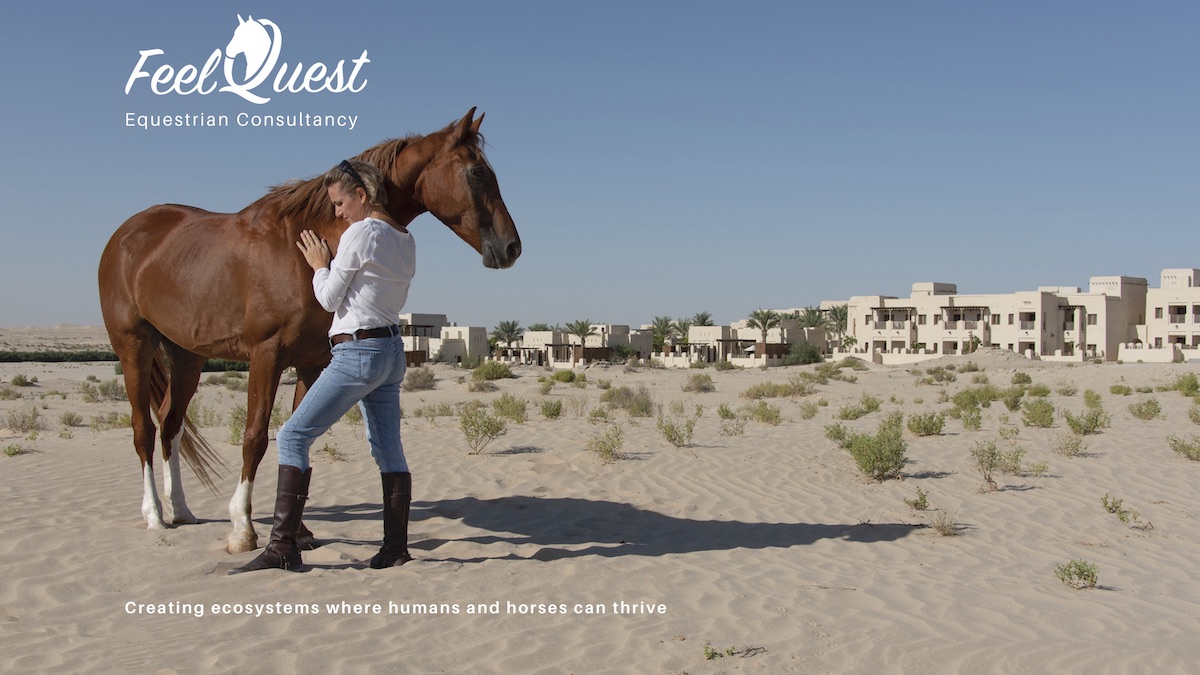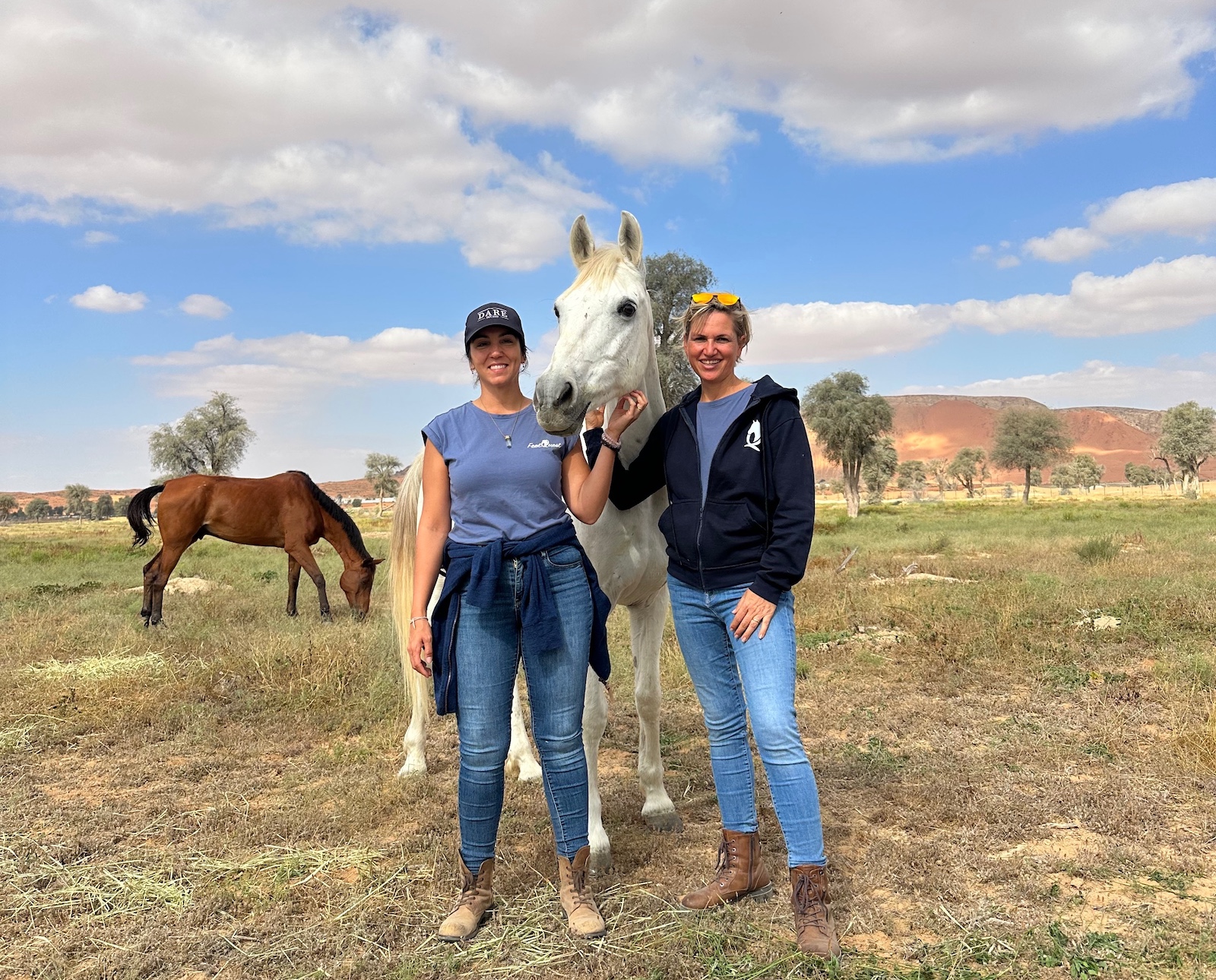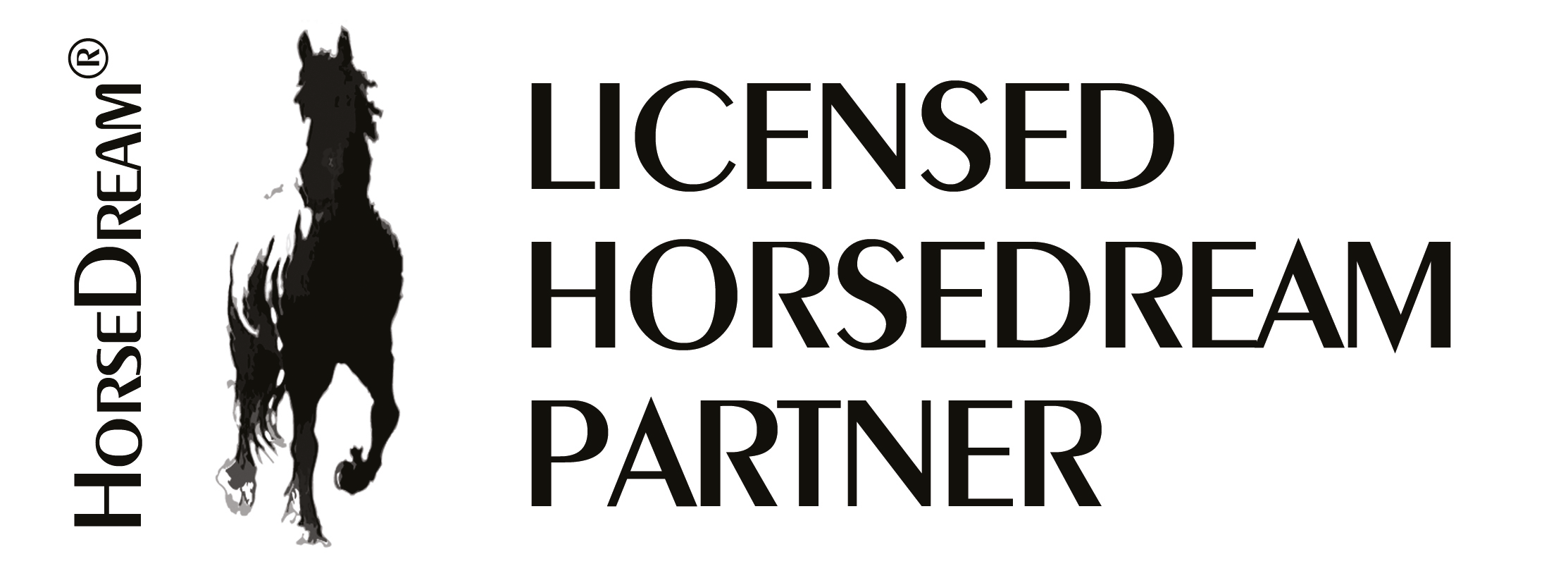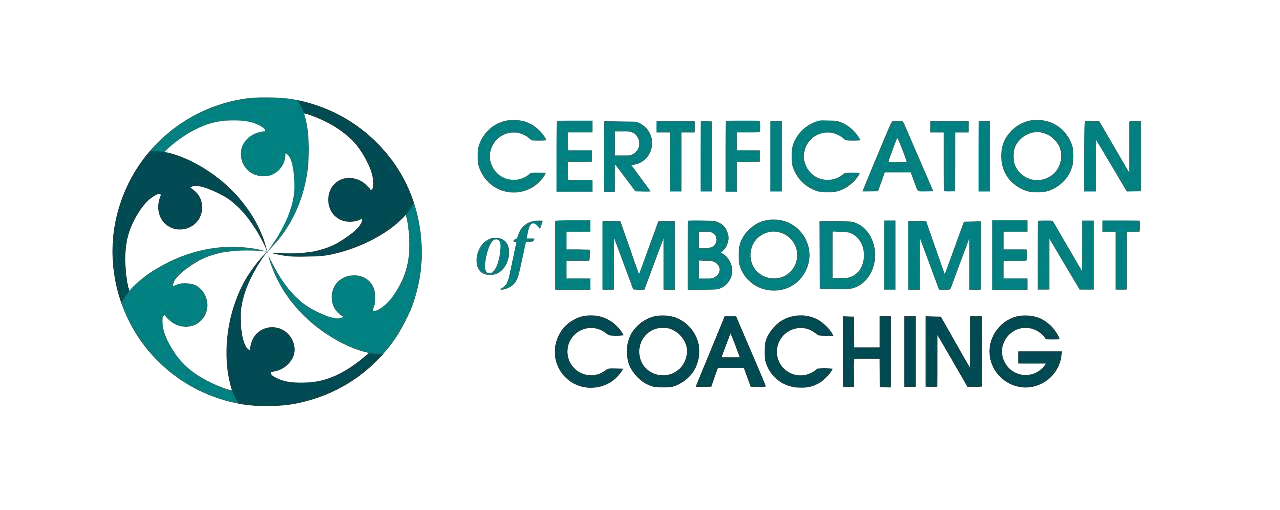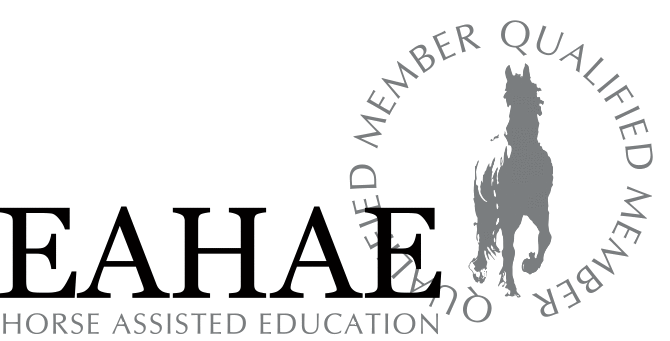Consulting services to design a new
equestrian center in the Middle East
Since a few years I work with architects offices in the region to consult them from an equestrian specialist viewpoint on creating, drafting, designing and executing new equestrian centers where horses and humans thrive.
Whilst my background is not in architecture, this service grew out of my frustration with many of the existing centers and the lack of horse welfare I still see in the equestrian world.
Often, with just a few adjustments the same stables could have been designed much smarter, more efficient and most importantly more horse friendly.
My goal:
Designing
concepts that are realistic, down to earth, sustainable and appealing
Through my background, I bring together the equestrian knowledge as well as business sense, and in my consulting role am very focused on having a broader perspective.
My passion is to develop new, innovative ideas for equestrian centers and turn them into industry revolutionizing, yet viable concepts that are adjusted to local climate and conditions.
My background - a solid foundation
Kubik Project Management and Coaching is specialized in niche offerings involving horses:
Horse Guided Empowerment, Coaching, Leadership Training as well as rider and personal development.
The founder Monica Kubik has vast experience and a network in all disciplines throughout the UAE and beyond.
Not being tied to any specific stable, I am an independent consultant.
I started riding at a young age in Brazil, later owned a horse and competed in Mexico, then had to restart and relearn all the basics when we moved to Germany - here, a thorough foundation of all my riding and horsemanship skills was laid.
Over the course of my life with horses, I have participated in many disciplines - dressage, show jumping, Spanish dressage, endurance... and through my international background, have worked with horses in stables all over the world.
Since 2006 I call Dubai my home, and love visiting all the existing stables and learning from each of them.
The corporate side
At the same time, I am not just a horse person.
I studied economics in Germany, then in Dubai worked 8 years leading international trade
exhibitions and events, before I started my own company. Since 2013 I work as entrepreneur and
consultant in different industries.
The business aspect is important in any venture I
undertake.
I have a solid background in business
management and economics.
Once I commit to a project it is 100%.
I have a good understanding of the market and the local
culture, and loving bringing all this knowledge to the table and combining with with my love for horses.
What is the problem with the existing setups?
The major issue I see in existing stables in the GCC is that often times the horses are kept for way too many hours in small, dark boxes, without access to fresh air, without movement or the possibility for socialization with other horses.
These horses live a sad life, easily develop physical and mental issues, and their frustration leads to accidents and unwanted situations with their riders.
Over the last 18 years, I have seen many top horses being imported to the country, to then either getting injured or sick after a few months, loose their spirit and quickly deteriorate in their willingness to showcase the talent they had displayed in their home country.
Taking into consideration the heat in the GCC
Yes, summers are incredibly hot in the GCC, there is no doubt about that.
We don't have lush pastures, natural forests or regular rains.
This means that due to the climate, horses cannot be kept the same way as in their native habitats.
I would even argue that all horses need to have access to air conditioning or cooling fans in the summer months and that basic stables without cooling function are a hazard to animal welfare - if you have ever visited a stable in the UAE in August at 12 noon and spend time with the horses in the heat, you know what I am talking about.
How can an equestrian center be designed better?
So the question is, how can we meet the demands of horse welfare in a cost efficient way taking into consideration local conditions?
First of all, let's summarize the main needs of horses which many studies have already shown over the past decades are essential for their wellbeing.
The needs of horses: Movement
Horses need regular, slow movement to keep their joints, guts and hooves healthy, let alone for their mental wellbeing.
The current practice of 22 hours standing in a small cage, 1 stressful hour of having a predator on his back, pulled into unnatural postures and having to balance the additional weight, plus 30 minutes walking in a small circle in a walker machine - this is not healthy.
We would never expect a human athlete to perform with such a training plan - and for a prey animal that is used to walking 30km each day in search of food this goes totally against their nature.
So, we need to create conditions that allow a maximum amount of time moving freely - without a rider, ideally with other horse friends, and keeping in mind the climate in the region.
The needs of horses: Friends
Horses are social herd animals and establish long lasting friendships and family bonds. They need constant contact to the rest of the herd to feel safe - and not just through metal bars.
For a while I used to visit a breeding stud in the desert of the UAE, where many of the mares were not sold and got to stay on the farm, in small herds with the other females.
I was astonished to witness a 22 year old daughter who never left the side of her 31 year old mother!
The mother was very old, skinny and weak, and the daughter protected her 24/7.... until they day she died.
I had never witnessed this strong family bond before, as we are so used to taking foals away from their mothers!
It was a learning that truly got me thinking about the importance of horse to horse relationships....
The needs of horses: Forage
In nature, horses will spend about 16 - 18 hours a day searching for food, nibbling, grazing, digesting and moving slowly from one spot to the other.
In Georgia, where we hold our yearly womens empowerment retreat, I am able to witness exactly that.
The grass is sparse, not lush and green, and the horses spend a lot of time eating in order to get enough calories into thheir massive bodies.
But, this is exactly what their digestive system needs and what it is adapted to - constant, slow intake of low calorie food.
Giving a horse grain twice a day and a little bit of hay, and letting it stand in a box for hours without anything to nibble on is extremely harmful.
Did you know?
The horse has the smallest stomach in relation to body size of all domestic animals.
They can very happily run with food in their stomach; in fact running with a full stomach is a reason the species has survived predation.
Because horses evolved to eat for most of the day and night, their stomach produces acid constantly, which in turn means that if they are left without food for extended periods acid can splash up and cause damage to the inner lining (mucosa) of the stomach wall, resulting in ulcers, a very common issue in the industrialized horse world.
Summary: what is the best stable concept?
There is no one size fits all - each equestrian center has to be designed with many factors in mind:
- Who are the clients and end users?
- Who will be managing the stable?
- What kind of horses will live here and what discipline is to be taught?
- What space is available, and what budget?
- Which existing features can be reused or repurposed?
That is why several brainstorming sessions and ongoing design concepts, refining, changes and drafts will be necessary.
If you are planning a new equestrian center or want to renovate an existing stable and are open to new, horse friendly ideas - contact me for an initial brainstorming session!
I look forward to being part of your project, whether big or small!
Newsletter subscription
Sign up to my newsletter to stay up to date with upcoming courses, new information added to the website, and more news related to horse guided education in the UAE.
